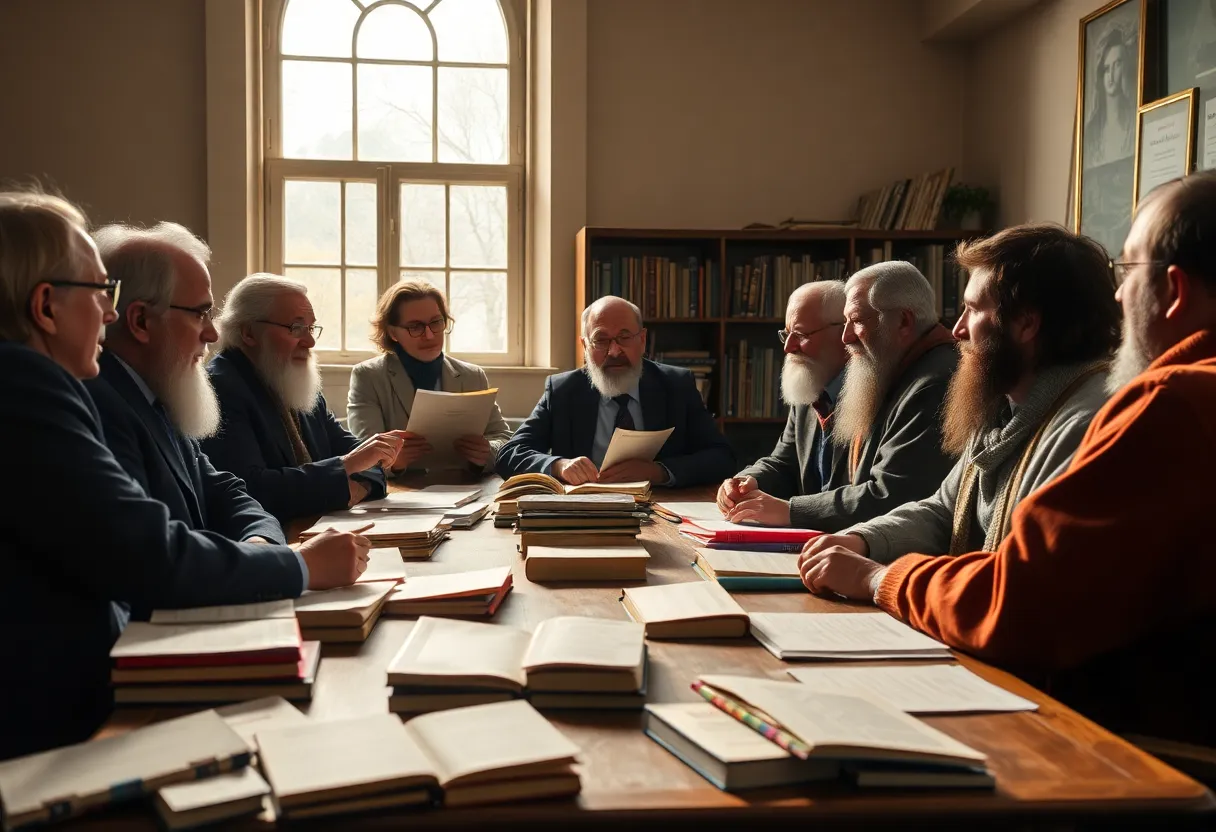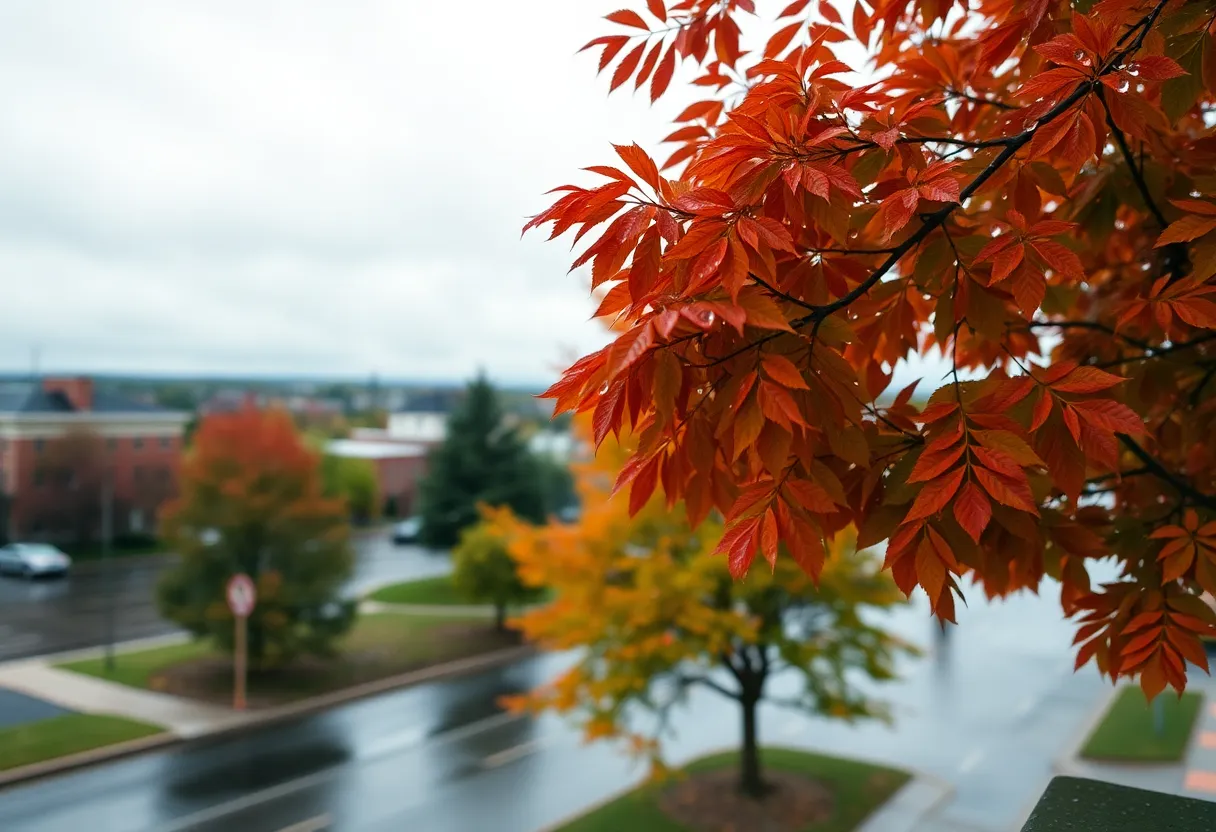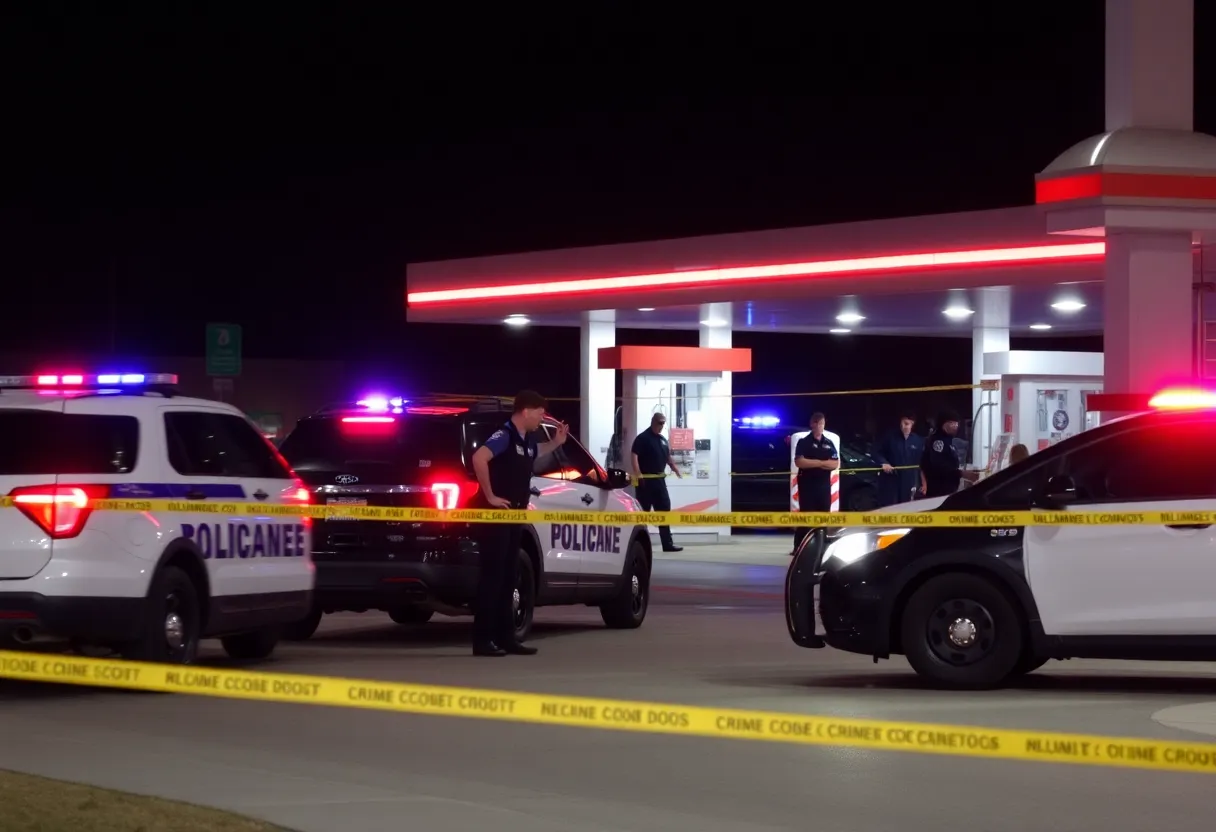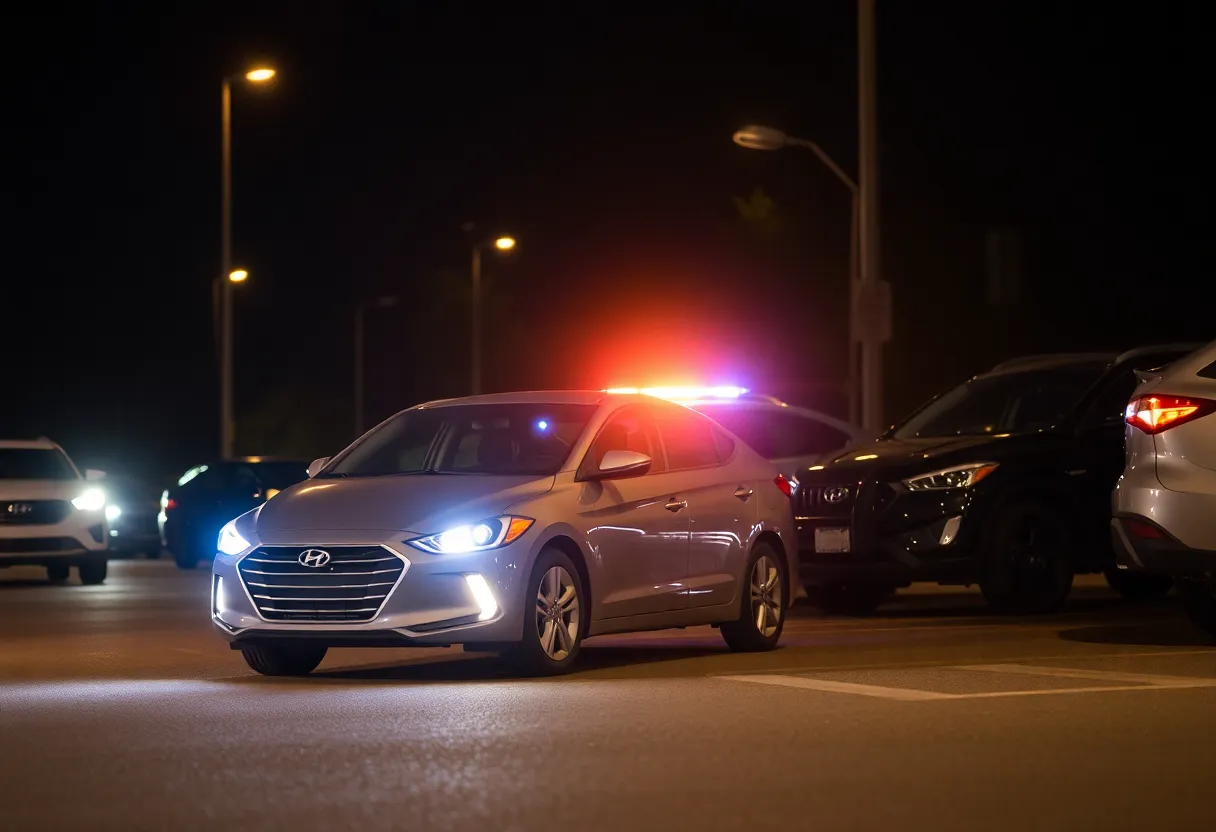News Summary
As political turmoil echoes historical events, scholars draw unsettling parallels between today’s climate and the pre-Civil War era of the 1850s. Recent discussions at the University of Texas at Dallas highlighted themes such as political violence, Supreme Court disillusionment, and the rise of grassroots movements, urging a focus on fostering unity to prevent potential conflict. Comparisons between 1850s sectionalism and modern polarization underline the need for critical examination of today’s socio-political landscape.
Scholars Draw Parallels Between Current Political Climate and the 1850s Pre-Civil War Era
It seems that the echoes of history are ringing loudly in today’s political landscape, as scholars and students explore the unsettling similarities between our current times and the tumultuous 1850s that ultimately led to the American Civil War. In a recent seminar at the University of Texas at Dallas led by Professor Kevin Waite, a student’s inquiry into the “Charlie Kirk situation” sparked a fascinating discussion about the current political climate and its historical parallels.
Recent events—especially alarming instances of political violence—have sent historians diving into their archives to draw connections between today and the events leading up to the Civil War. Waite pointed out that our **current political moment resonates more with the 1850s**, with notable themes emerging such as the **deployment of troops to American cities** and a widespread sense of **disillusionment with the Supreme Court**. These reflections lead to important conversations about the nature of our society today.
Matthew Pinsker, a historian from Dickinson College, further added to the discussion by comparing today’s political polarization to the rampant sectionalism of the 1850s. Back then, divisions between different regions of the country became painfully apparent, leaving communities at odds over critical issues. This essential **historical context** might help us understand the stark divides we face now.
The discourse surrounding Charlie Kirk’s alleged assassin—rumored to be motivated by **antifascist messages**—has ignited a fiery debate regarding accountability for political violence. Some political figures, including President Trump, have pointed fingers at what they term **”radical left political violence.”** This finger-pointing isn’t too different from the intense battles of words—and sometimes fists—that characterized the late 1850s when legislators clashed and mobs arose in reaction to laws such as the **Fugitive Slave Law**.
As the conversation unfolds, historians express growing concern over the **public’s paranoia** and perception of uncontrollable violence as factors that may lead us down a similarly precarious path as our forebears faced in the years leading to Civil War. It raises questions about whether today’s grassroots movements, like the **Wide Awakes**, a youth-driven paramilitary abolitionist group back in the 19th century, are akin to modern movements advocating for various social justice causes.
Professor Waite drew an interesting analogy, likening the **Wide Awakes** to **antebellum antifa**, while placing Southern paramilitary groups in comparison to modern entities like the **Proud Boys**. This historical lens encourages us to look critically at how militancy has historically arisen from despair and frustration—which in the Civil War context was often rooted in race and rights.
The militarization of the Civil War South, with local militias forming predominantly from white men, parallels again with **today’s realities** of military resources being deployed for immigration enforcement, rekindling **constitutional arguments** that resonated during the **Fugitive Slave Act** era. This connection undeniably raises eyebrows.
Discussions about the role of the Supreme Court factor into our understanding of this historical analogy as well. In the 1850s, legislation such as the **Dred Scott case** and the **Lemmon case** played major roles in defining citizenship and legality regarding slavery, just as today’s court decisions are perceived by some as aligned with political agendas rather than impartial justice.
While these discussions about historical parallels are engaging, scholars urge caution about the **inevitability of conflict**. Instead, they highlight the urgent need to foster unity and reduce the political tensions that have become so prominent in recent times.
FAQ
What parallels do scholars see between today’s political climate and the 1850s?
How does political violence today compare to the 1850s?
What role did the Supreme Court play in the 1850s?
What can we learn from these historical comparisons?
Key Features of the Discussion
- Deployment of troops and growing disillusionment with the Supreme Court
- Increase in political violence reminiscent of the 1850s
- Polarization of society akin to sectionalism
- Historical role of grassroots movements and their modern parallels
- Importance of fostering unity to avoid conflict
Deeper Dive: News & Info About This Topic
- Los Angeles Times: Scholars Draw Parallels Between Current Political Climate and the 1850s
- Slate: ICE and Public Opinion on Civil War and Trump Revolt
- Politico: Yes, the New Civil War Movie is Terrifying, But How Real Is It?
- Washington Informer: Civil War Concerns Survey
- Creepy Catalog: The Real Reason Why California and Texas Were on the Same Side in Civil War
- Wikipedia: American Civil War
- Google Search: American Civil War history
- Google Scholar: Civil War history
- Encyclopedia Britannica: American Civil War
- Google News: American Civil War

Author: STAFF HERE AUGUSTA WRITER
The AUGUSTA STAFF WRITER represents the experienced team at HEREAugusta.com, your go-to source for actionable local news and information in Augusta, Richmond County, and beyond. Specializing in "news you can use," we cover essential topics like product reviews for personal and business needs, local business directories, politics, real estate trends, neighborhood insights, and state news affecting the area—with deep expertise drawn from years of dedicated reporting and strong community input, including local press releases and business updates. We deliver top reporting on high-value events such as Arts in the Heart Festival, Westobou Festival, and Masters Week. Our coverage extends to key organizations like the Augusta Metro Chamber of Commerce and Greater Augusta Arts Council, plus leading businesses in manufacturing and healthcare that power the local economy such as Textron Specialized Vehicles, Cardinal Health, and Nutrien. As part of the broader HERE network, including HEREAtlanta.com and HERESavannah.com, we provide comprehensive, credible insights into Georgia's dynamic landscape.





